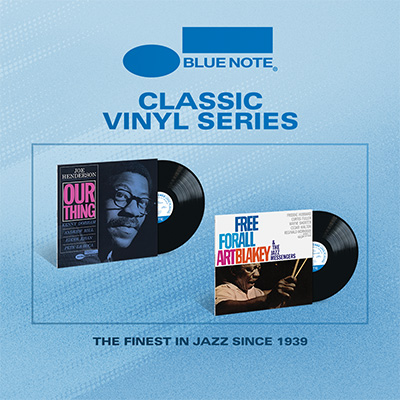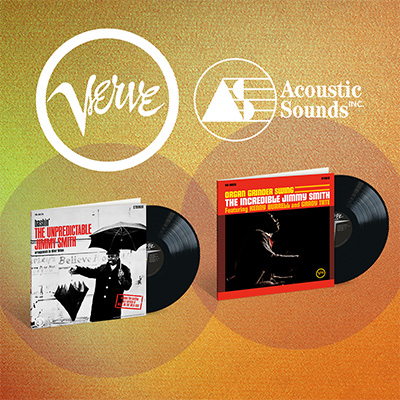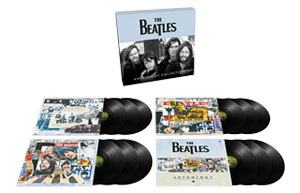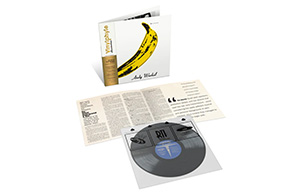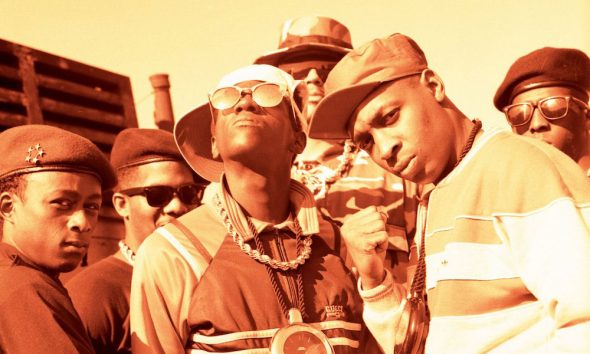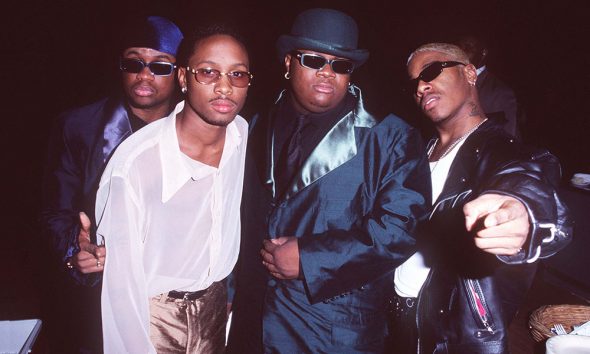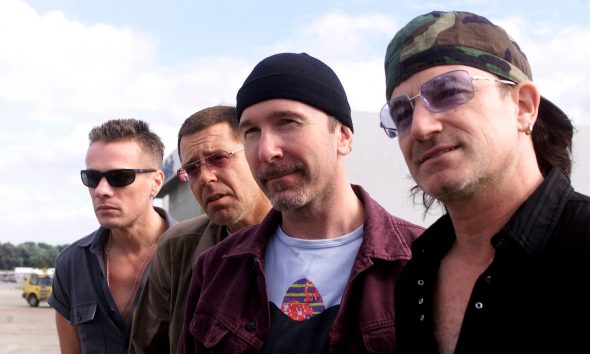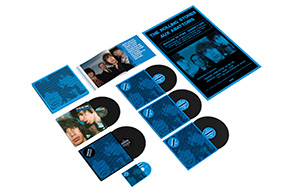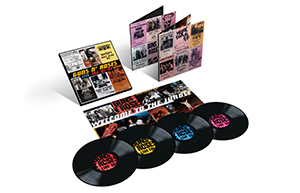John Coltrane
John Coltrane was a saxophonist/composer who stands as one of the greatest jazz artists in history, famous for A Love Supreme & Giant Steps.
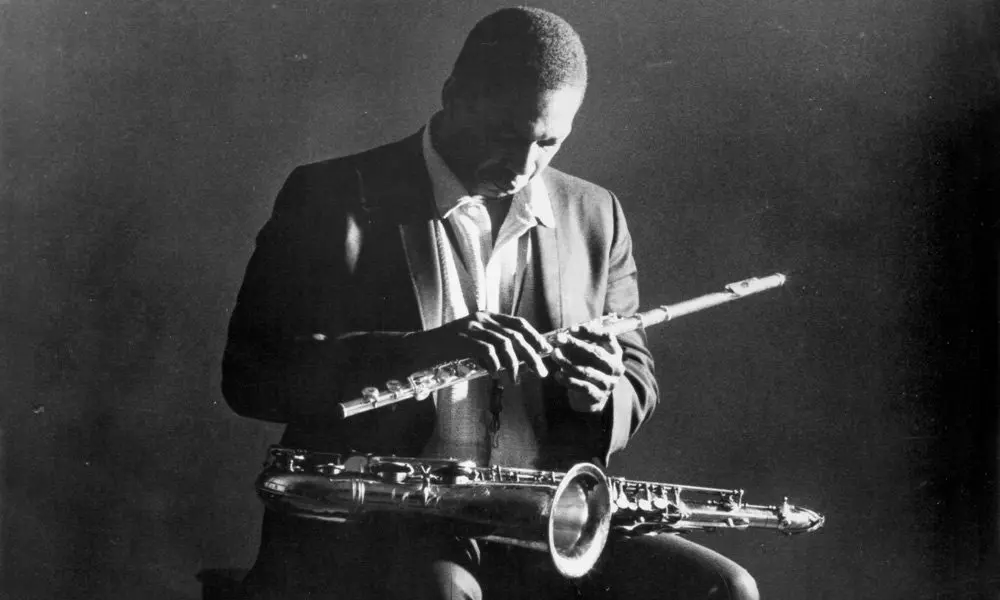
Ask anyone who claims not to be a jazz fan to name a jazz musician and more will probably name John Coltrane than just about any other. His reputation has justly spread far and wide and his music is deserving of the widest possible audience. Whether it is a beautifully controlled ballad playing or his more avant-garde material ‘Trane offers listeners the kind of inspired playing and composing, that has few equals.
‘All a musician can do is to get closer to the sources of nature, and so feel that he is in communion with the natural laws.’ – John Coltrane
John Coltrane was born in North Carolina in 1926. His father was a tailor and amateur musician able to play several instruments. Coltrane also showed an aptitude for music, studying the E-flat tenor (alto) horn, clarinet and alto saxophone in high school. Both of his grandparents had been Methodist ministers, and his maternal grandfather had been a famous gospel preacher throughout that part of the Deep South. Churchgoing was part of his upbringing and gospel music provided the soundtrack. When he was thirteen, both his father and grandfather died within a month of each other and after Coltrane graduated from high school in 1943, the family moved north to Philadelphia to make a new start. There he studied at the Ornstein School of Music and Granoff Studios, before making his professional debut in 1945 playing in a lounge band.
Following a short term serving in the Navy, Coltrane returned home and having played in the Navy band while stationed in Hawaii (1945–1946), he expressed an earnest interest in the alto saxophone. He worked with a series of bands over the following decade including Eddie Vinson (1947–1948), and he played alto and tenor with Dizzy Gillespie (1949–1951) and Earl Bostic (1952–1953). His first proper recording session was with drummer Teddy Stewart’s Orchestra – made up mostly of Dizzy’s band members – backing Dinah Washington on some singles for Mercury.
From 1953, Coltrane focused on tenor saxophone, playing with Johnny Hodges from 1953 to 1954; during this time he appeared on several of Hodges’ Norgran albums. In 1955, Coltrane secured the gig that brought him to a wider audience, playing in Miles Davis’ new quintet, with Red Garland, Paul Chambers and Philly Joe Jones.
Coltrane cited 1957 as the year of his spiritual awakening when he rid himself of heroin and alcohol addictions, catalyzed by being sacked from Miles Davis’ Quintet. Coltrane had previously been fired by Gillespie for his escalating drug-taking, and this time losing such a great gig and experiencing a near overdose was the wake-up call that he needed. He went cold turkey and cleaned up. After some tough times straightening himself out, he soon returned to play the second half of 1957 with Thelonious Monk’s Quartet, before once again joining Davis at the beginning of 1958.
Ever humble and highly self-critical, John Coltrane was perennially searching for truth in music, an ultimate statement. Between sets, he could be known to walk ten blocks and stare at the night sky through binoculars, in a constant search for inspiration and universal truth. His musical search mechanism worked by rehashing and rephrasing each musical concept in every one of its permutations. This approach initially led to his ‘sheets of sound’, a term coined by jazz critic Ira Gitler in 1958 for Coltrane’s album Soultrane, to describe his innovative improvisational style of repeating rapid-fire arpeggios with minuscule variations. While the evolution of his music was appreciated by many critics and fellow musicians, it was not readily accepted by the public; it all sounded too alien.
From 21 March through 10 April 1960, the Wynton Kelly, Paul Chambers and Jimmy Cobb lineup of the Miles Davis Quintet toured Europe, along with the Oscar Peterson and Stan Getz’s groups on a Jazz At The Philharmonic tour. At the Olympia Theatre, Paris, Coltrane’s solo spots were booed and the audience heckled. When Coltrane returned to Paris in 1962, playing even more adventurously, it was to only cheers.
While with Davis, Coltrane had been beginning to lead his own recording sessions, giving him increasing opportunity to air his own compositions; “Blue Train” established him as a brilliant composer as well as a player. His earliest recordings were for the Prestige label; among the highlights was The Cats from 1957, the same year as he cut Blue Train for Blue Note Records. His debut for Creed Taylor’s Impulse! label came in 1961 when he made Africa/Brass; shortly afterwards he recorded the beautiful Ballads. Two years later, he did John Coltrane And Johnny Hartman, the singer being the perfect foil for Trane’s tenor saxophone.
Then in December 1964, he recorded a piece of music composed in the comparative peace and calm to be found in Dix Hills, Long Island, about thirty miles from Manhattan. A Love Supreme was the sermon that Coltrane had pledged to his God if he made it through cold turkey. It was a literal expression of worship; a devotional poem that he had written and had reproduced in the gatefold sleeve of the album is expressed syllable by syllable on the saxophone as a “musical narration” in the final track “Part 4: ‘Psalm’”.
The group for the session was what became known as the ‘Classic Quartet’ with McCoy Tyner, Elvin Jones and Jimmy Garrison, all of whom had been with Coltrane in various lineups since the early 1960s. Anyone working with Coltrane soon learnt that they would need to be dedicated and have considerable stamina to keep up. Because Coltrane was terrified of flying, the group would always travel by road, spending six weeks on a coast-to-coast tour, then immediately beginning a six-week residency in New York, often at the Half-Note at 289 Hudson Street.
Purified of drugs, Coltrane did still have one vice – overeating – food became a comfort for him to assuage the rigours of constantly performing. Legend also has it that Coltrane ate so many mint humbugs that his saxophone keys clogged up with sugar.
However, Coltrane wasn’t entirely finished with mind-altering substances. The extremism in his music, the alien discordancy and the look to the East for spiritual meaning was partly fuelled by his increasing use of LSD. His experimentation with music started taking on many extra layers, so much so that the loyalty of his trusty colleagues was being tested. The beginning of the end for Tyner and Jones was the Ascension session (1965) where they complained that all they could hear was noise. At the start of 1966, Alice Coltrane – a pianist who Coltrane married in the same year, having recently divorced his first wife – and Rashied Ali replaced the departing duo, performing and recording in various combinations until Coltrane’s death from cancer of the liver in July 1967.
When asked how he would like to be remembered, he replied, ‘As a saint’.
Words: Richard Havers
Check out the John Coltrane CD and vinyl collection from the Jazz Center Stage store here.

